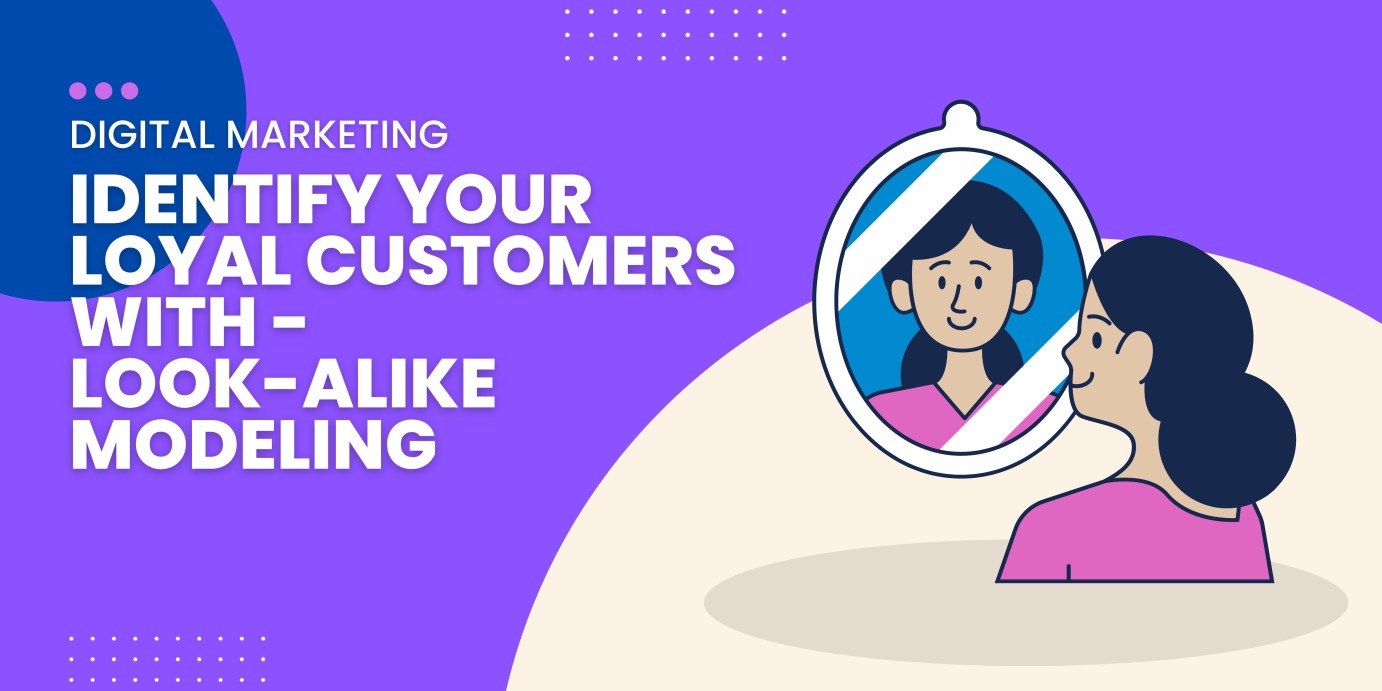In today's highly competitive business landscape, customer loyalty is paramount. Identifying loyal customers from their very first interactions can provide valuable insights and opportunities for businesses to nurture and retain these valuable customers. One powerful technique that can help achieve this is look-alike modeling.
Understanding Look-alike Modeling
Look-alike modeling is a data analysis technique that uses machine learning algorithms to identify individuals who resemble your existing loyal customers. It works by analyzing various data points, such as demographic information, purchase history, browsing behavior, and engagement patterns, to create a profile of your ideal customer. The model then identifies other individuals who exhibit similar characteristics and behaviors, allowing you to target and engage with them effectively.
The Benefits of Look-alike Modeling
Look-alike modeling offers several benefits for businesses aiming to identify and engage loyal customers:
- 1. Improved Customer Segmentation: By using look-alike modeling, you can segment your customer base more effectively, allowing you to tailor your marketing efforts and offerings to specific customer groups.
- 2. Increased Customer Acquisition: Look-alike modeling helps you target individuals who are more likely to become loyal customers, increasing the efficiency and effectiveness of your customer acquisition campaigns.
- 3. Enhanced Personalization: By understanding the characteristics and preferences of your loyal customers, you can deliver personalized experiences and offers to individuals identified through look-alike modeling, increasing their likelihood of becoming loyal customers.
- 4. Improved Marketing ROI: By focusing your marketing efforts on individuals identified through look-alike modeling, you can maximize your return on investment by reaching the right audience with the right message at the right time.
Implementing Look-alike Modeling
Implementing look-alike modeling requires a systematic approach. Here are the key steps involved:
- Data Collection: Gather relevant customer data, including demographic information, purchase history, website interactions, and any other relevant data points that can help create a comprehensive customer profile.
- Feature Selection: Identify the most relevant features or attributes that define your loyal customers, such as age, location, purchase frequency, or engagement level.
- Model Training: Utilize machine learning algorithms, such as logistic regression or random forest, to train your model using the collected data and selected features.
- Model Validation: Assess the performance of your model using appropriate evaluation metrics, such as accuracy, precision, recall, or area under the ROC curve, to ensure its effectiveness in identifying look-alike customers.
- Customer Targeting: Apply the trained model to new customer data to identify individuals who resemble your loyal customers. Develop targeted marketing strategies and campaigns to engage with these potential loyal customers.
- Continuous Refinement: Regularly review and refine your look-alike model based on feedback and new data to improve its accuracy and effectiveness over time.
Conclusion
Look-alike modeling is a powerful technique that can help businesses identify their loyal customers from their very first interactions. By leveraging this technique, businesses can enhance customer segmentation, increase customer acquisition, deliver personalized experiences, and improve marketing ROI. Remember to follow a systematic approach to implement look-alike modeling effectively and continuously refine your model to ensure its accuracy and relevance. Embrace the power of look-alike modeling to drive customer loyalty and foster long-term business growth.

